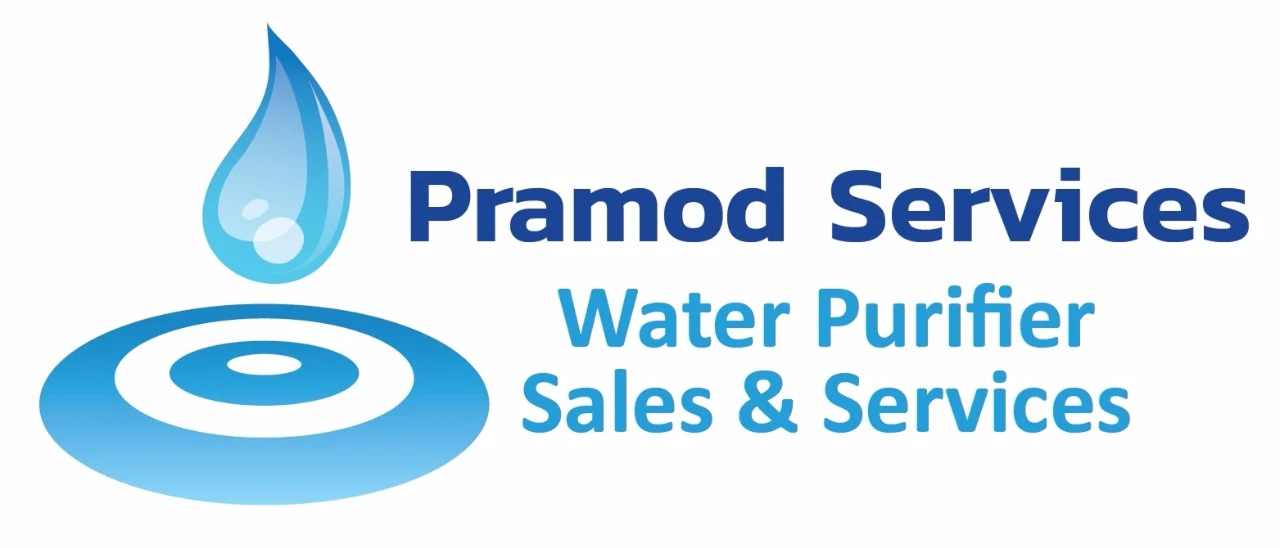A 2000 LPH RO plant belongs to the Commercial and Industrial category of water treatment systems, designed for high-capacity applications like corporate offices, manufacturing plants, schools, and hospitals. These plants are built to handle large water purification needs, featuring components like SS or MS (Stainless Steel or Mild Steel) bodies, multiple RO membranes, automatic panels, and additional purification stages such as UV and Ultrafiltration to remove impurities and produce safe drinking water for many users.
A 2000 LPH RO plant requires components like a raw water pump, pressure sand filter, activated carbon filter, anti scalant dosing system, micron cartridge filter, high-pressure pump, RO membranes, storage tank, and a control panel. Specifications for these components, such as the capacity of the raw water pump (e.g., 3500 LPH for a 2000 LPH plant), the materials of construction (MOC) for filters and vessels (e.g., SS or FRP), and the type of media used (e.g., sand, anthracite, activated carbon), will vary based on the specific raw water quality and desired product water standards, according to Scribd documents.
Common Components and Their Functions
Raw Water Pump: Pumps the raw water through the pre-treatment stages.
Pressure Sand Filter (PSF): Removes suspended solids from the raw water.
Activated Carbon Filter (ACF): Absorbs color, odor, and free chlorine.
Antiscalant Dosing System: Doses a chemical to prevent scale formation on the RO membranes.
Micron Cartridge Filter: Removes fine particles (e.g., > 5 microns) to protect the high-pressure pump and RO membranes.
High Pressure Pump: Increases the pressure of the water to a level required for the reverse osmosis process.
Reverse Osmosis (RO) Membranes: The core components that separate salts and other dissolved solids from water.
Product Water Storage Tank: Stores the purified water.
Product Water Transfer Pump: Transfers the purified water from the storage tank.
UV Disinfection System: Provides additional disinfection to the purified water.
Control Panel: Monitors and controls the operation of the entire system.
Key Specification Factors
Capacity:
2000 liters per hour for product water, with a higher feed water flow rate, such as 3500 LPH or more, depending on recovery rate.
Recovery Rate:
The percentage of raw water that becomes product water, typically 40-50% or higher.
Raw Water Quality:
This is crucial for determining the appropriate pre-treatment stages and component specifications, especially for TDS (Total Dissolved Solids), turbidity, hardness, and other contaminants.
Product Water Quality:
The desired purity level, often specified by a maximum TDS value for the output.
You can find detailed specification PDFs from various manufacturers and suppliers by searching for terms like “2000 LPH RO Plant Specification PDF” or visiting sites like Scribd or Netsol Water Solutions.
Send Message









